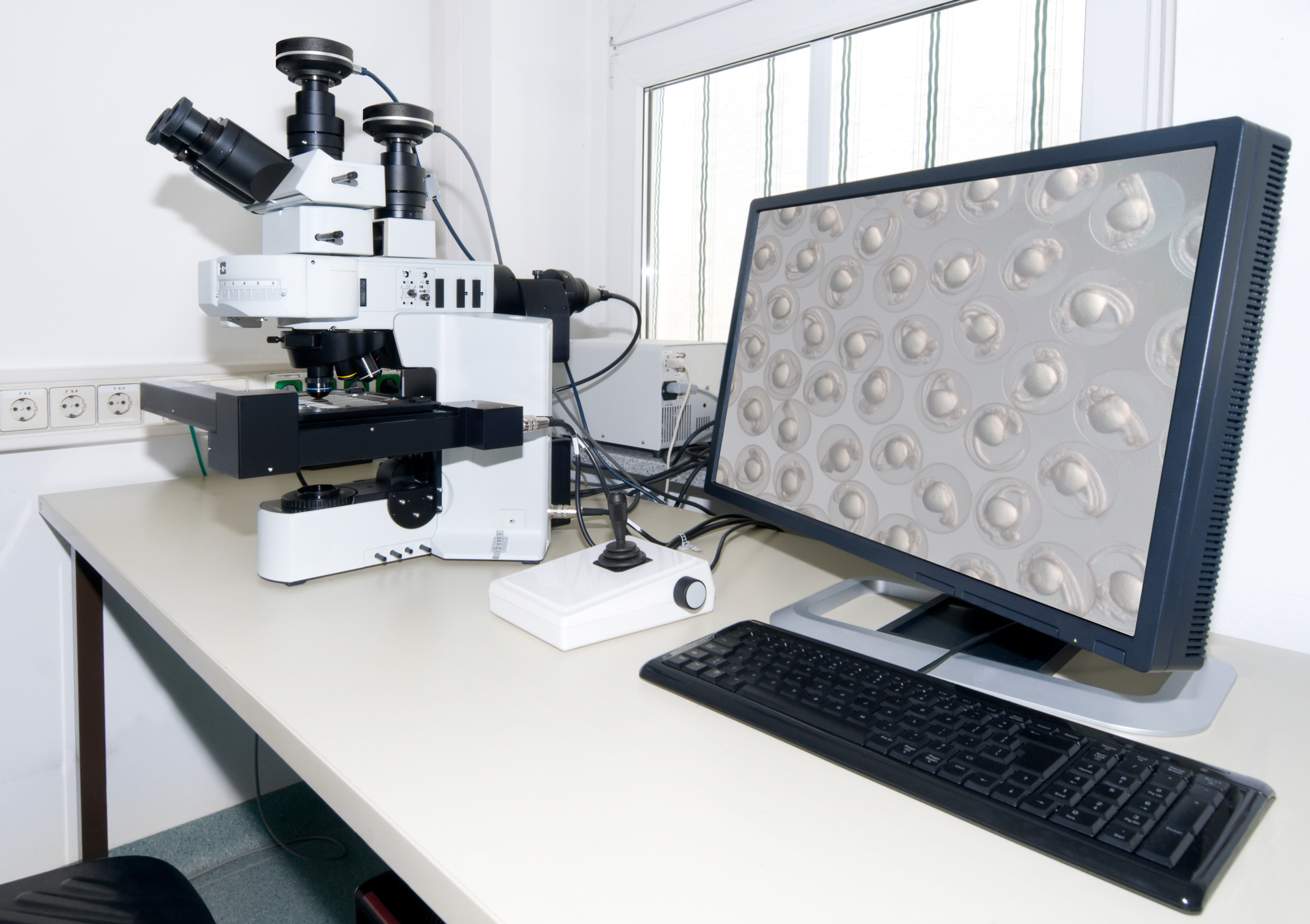Aggregated News

The question of what is a 'permitted embryo' under the legislation governing assisted reproduction in the UK has received increasing scrutiny as technological progress challenges the concept of embryohood. As illustrated at Progress Educational Trust (PET)'s event, 'Fertility Frontiers: What Is a 'Permitted' Embryo in Law?', the answer is not solely concerned with the scope of what is permissible in assisted reproduction but goes to the very core of the UK's legislative approach to emerging reproductive technologies.
Introducing the debate, Sarah Norcross, director of PET, highlighted that while UK fertility law gives confidence and security during scientific change, the definition of an embryo, introduced under the Human Fertilisation and Embryology (HFE) Act 2008, is not fully scientifically aligned. Under the HFE Act 2008, an embryo for use in assisted reproduction must have been created by the fertilisation of an unaltered 'permitted egg' with a 'permitted sperm'. It must have no cells added to it from other sources or have its DNA altered (an exception exists for mitochondrial donation). Recent technological developments have, however, challenged...



